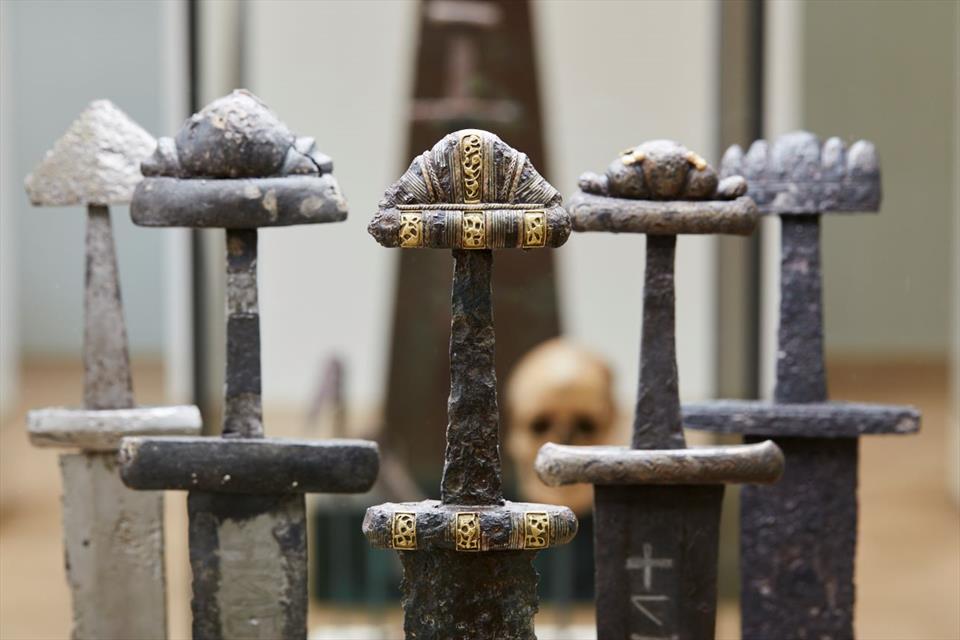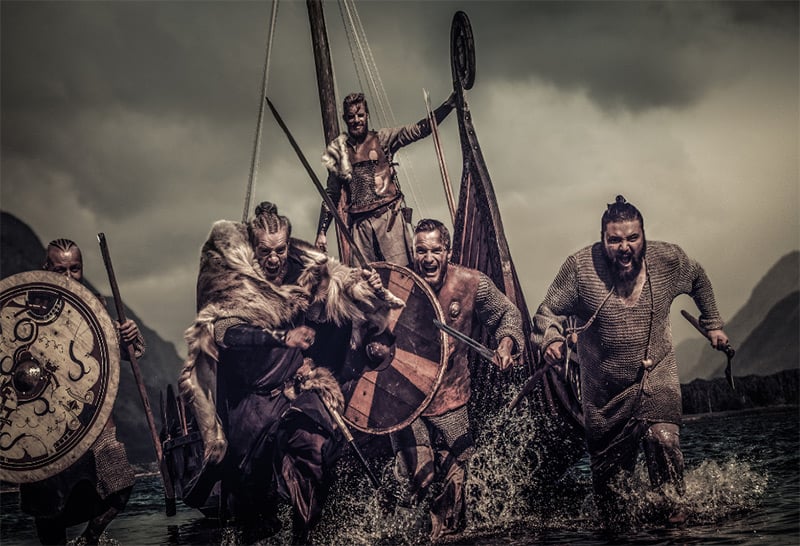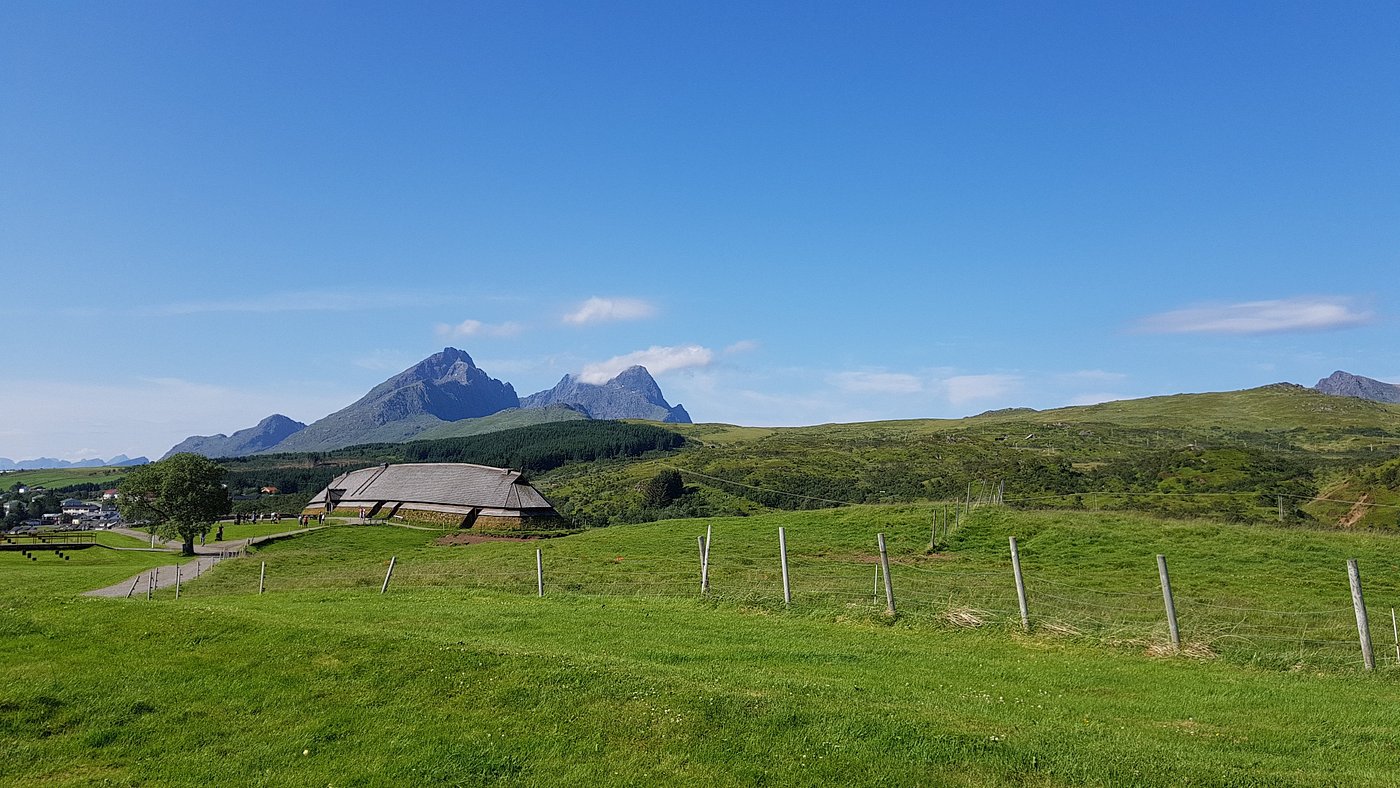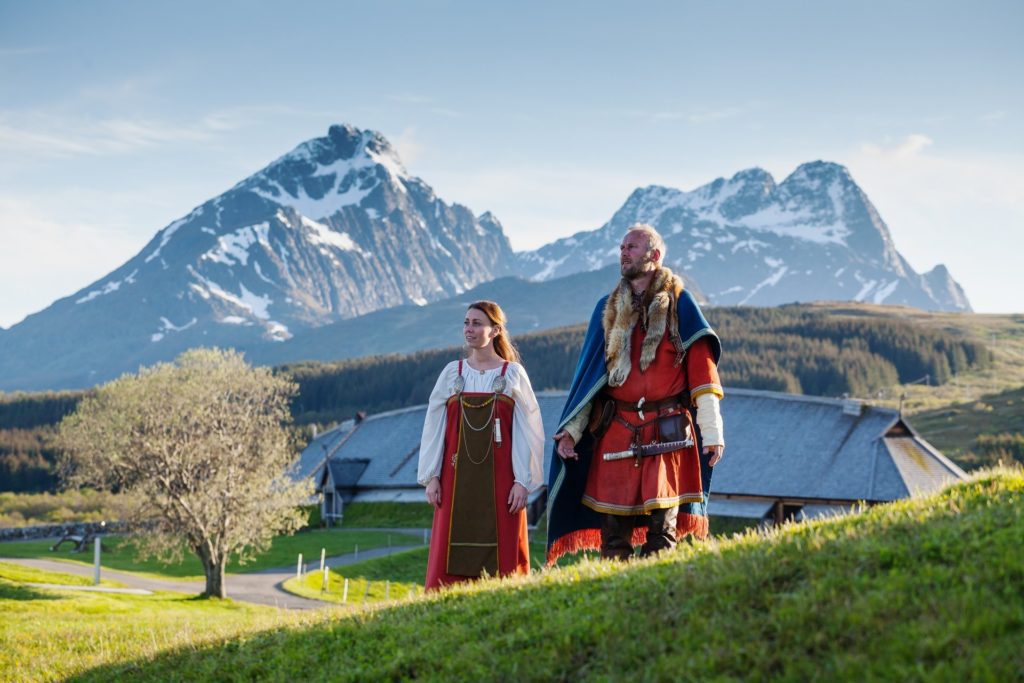Who were the Norsemen?
While all Vikings were considered Norsemen, not all Norsemen were Vikings
This simple question requires a slightly complex explanation.
A simple answer can be summed up in this way: The term ‘Norsemen’ indicates people who came from the Scandinavian countries, (modern-day Norway, Sweden, and Denmark). However, the Old Norse word ‘Viking’ is not so much a name of a people, but a verb, meaning to pirate, (to plunder, steal, rob via sea routes).
While all Vikings were considered Norsemen, not all Norsemen were Vikings. However, the Vikings were a significant and influential subset of the Norsemen, who left a lasting impact on history through their exploration, trade, and conquests.
The Norsemen were a North Germanic ethnolinguistic group of the Early Middle Ages, during which time they spoke the Old Norse language. During the late eighth century, many Scandinavians embarked on a large-scale expansion in all directions, giving rise to what is known as the ‘Viking Age’. Norsemen set sail, (to go Viking).
The word ‘Viking’ comes from the Scandinavian term ‘vikingr’ meaning ‘pirate’. Contrary to a popular belief, the Norsemen did not constitute one unified nation back at that time. They were initially organised in small earldoms, each ruled by a local earl, (or jarl). The term ‘Viking’ does not, therefore, denote a population, or a particular race of people for that matter, but rather a profession; seafaring pirates.

5 Things you might not know about the Norsemen
1 – Skeletons from famous Viking burial sites in Scotland were actually local people who could have taken on Viking identities and were buried as Vikings. In a scientific paper published in Nature, (2020) scientists analysed more than 400 genomes from Viking burial sites. After DNA sequencing of more than 400 Viking skeletons, from archaeological sites scattered across Europe and Greenland, they found evidence for a major influx of Danish ancestry into England; a Swedish influx into the Baltic; and a Norwegian influx into Ireland, Iceland, and Greenland.
2- Many Norsemen actually had brown hair, not blonde hair.
3 – Norsemen identity was not limited to people with Scandinavian genetic ancestry. The study shows the genetic history of Scandinavia was influenced by foreign genes from Asia and Southern Europe before the Viking Age.
4 – Who is the most famous Norseman? The name most associated with the Viking attacks and raids on the British Isles is that of Ragnar Lothbrok, (sometimes also written as ‘Lodbrok’), who has gone down in history as a fearless leader and unstoppable warrior.
5 –The genetic legacy of the Viking Age lives on today, with 6% of people in the UK population predicted to have Viking DNA in their genes, compared to 10% in Sweden.
‘To go a Viking’
To go a Viking meant that a Norseman would set sail on a body of water, (from open seas and oceans, to rivers and even lakes) in search of new, fertile lands to farm and subsequently permanently settle on, as well as trade with the neighbouring civilisations and cultures, ensuring social, political and economic links overseas.
The term ‘Norse’ generally refers to Norsemen, from the north of Scandinavia. They were full-time traders and accomplished seafarers. Norsemen settled in the islands north and northwest of Britain, Ireland, and western Britain, whereas the Danish ‘Vikings’, principally invaded and occupied eastern Britain. These Danes were not actually farmers but were part-time warriors, led by people of noble birth. They had a reputation for being more violent and ruthless than the Norsemen, (or Northmen) from the far north.
The majority of Norsemen were farmers, craftsmen, and traders who did not engage in seafaring raids. They were more interested in peaceful trade with other nations.
Modern descendants of Norsemen are the Icelanders, Faroe Islanders, Norwegians, and Swedes, who are now generally referred to as ‘Scandinavians’ rather than Norsemen.

The Vikings
The Viking Age generally refers to the period from A.D. 800, a few years after the earliest recorded raid, until the 1050s, a few years before the Norman Conquest of England in 1066. The Vikings changed the political and genetic course of Europe and beyond. Cnut the Great became the King of England. Leif Eriksson is believed to have been the first European to reach North America, 500 years before Christopher Columbus.
However, the British conception of the ‘Vikings’ origins was inaccurate. Those who plundered much of Britain actually sailed from the land which is known as Denmark today. The border between the northern Norse regions and the more southerly Germanic tribes, the Danevirke, is located around the current border between Denmark and Germany.
Most of the earliest Viking settlers in Ireland were Norsemen, but circa 850 AD, a large Danish contingent arrived. In 875 AD, Danes and Norsemen were competing for control of Scotland. Antagonism between Danes and Norsemen reached a peak in the mid-tenth century, as they battled over control of York.
Norse mythology
Norse mythology consists of tales of various deities, beings, and heroes derived from numerous sources, (from both before and after the pagan period). The source texts mention numerous gods such as the thunder-god Thor, the raven-flanked god Odin, the goddess Freyja, and numerous other deities. The cosmos in Norse mythology consists of Nine Worlds that flank a central sacred tree, Yggdrasil.
The afterlife is a complex matter in Norse mythology. The dead may go to the murky realm of ‘Hel’, a realm ruled over by a female being of the same name, or they may be ferried away by valkyries to Odin’s martial hall ‘Valhalla’, or they may be chosen by the goddess Freyja, to dwell in her field ‘Fólkvangr’ forevermore. The goddess Rán may claim those that die at sea.

